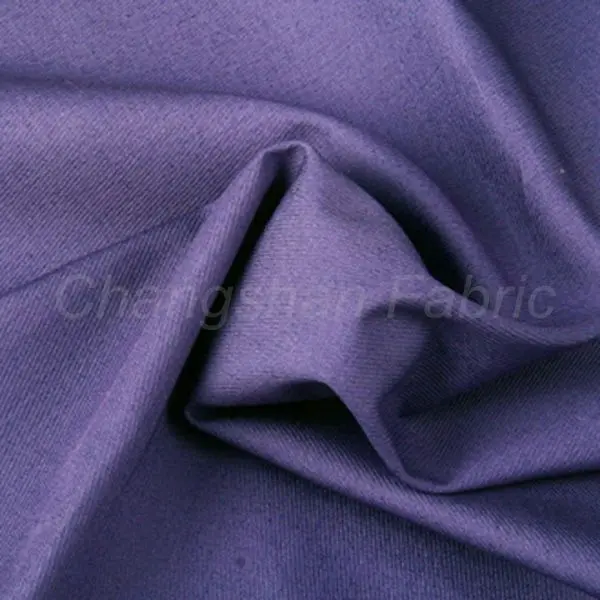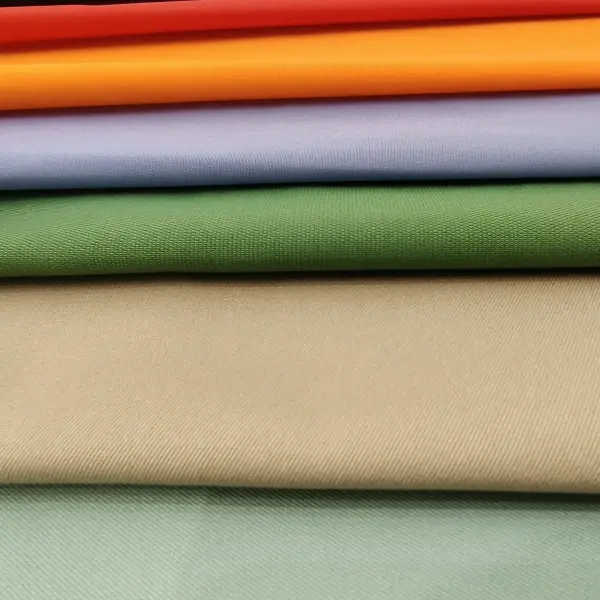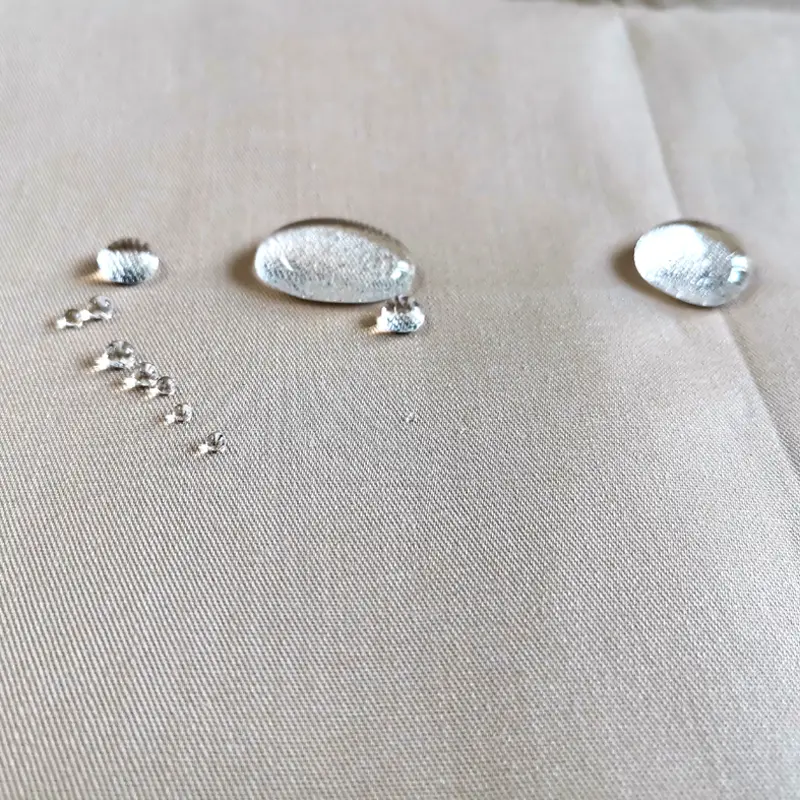Explanation 1: “Light up”
Generally speaking, the phenomenon of “lighting up” refers to the phenomenon of “homochromatic metamerism”:
Two color samples (one standard and one comparison sample) appear to be of equal color (no color difference or small color difference) under one light source (such as D65), while they exhibit significant color difference under another light source (such as A), which is called the “homochromatic metamerism” phenomenon
For this situation, we can describe it as’ lighting up '. That is to say, whether the sample can be matched with the standard sample for color matching depends on selecting a specific light source.
The fundamental reason is that the two samples have different reflections of light (reflection spectrum curves or visible band reflectivity), so it is called “Metamerism”.
The reasons for the “abnormal spectrum” include:
A, A abun da ke ciki na pigments amfani da batawa ne daban-daban;
B, Daban-daban hanyoyin sarrafawa, da dai sauransu
Explanation 2: “Jumping lights”
In fact, when we talk about “Tao light” in daily life, besides the above meaning, there is another layer of meaning:
It refers to the situation where a single color sample undergoes dramatic color changes under different light sources. At this point, it can be described by “jumping the light”.
So, “jumping the light” can also be said to be a sample.
Misali, injiniyan rini a CIBA zai ce lokacin da yake ba da shawarar rini CIBA DEEP RED: Wannan rini baya tsalle ja a ƙarƙashin haske A.
(Mawallafin ya fahimci ma'anarsa cewa duk da cewa tushen haske ya ƙunshi babban adadin ja da haske mai launin rawaya, rini CIBA DEEP RED ba zai ji ja sosai fiye da ƙarƙashin hasken D65 ba.)
Lokacin aikawa: Mayu. 10, 2023 00:00




















 Kyakkyawar fata
Kyakkyawar fata M
M Mai ɗorewa
Mai ɗorewa Tabbaci
Tabbaci
